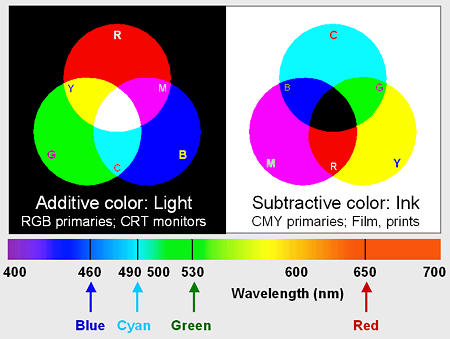Looks like Sony's new top of the line video projector will be using green diodes, instead of DPSS green, like all previous laser projectors have been.
Now... What diodes do we think they're using, and what sort of impact might this have on our hobby?
I know we won't see anything like the Ca$i0 party we had - this projector will have a six figure price tag - but I'd like to think we might see some new sources (maybe even new diodes?) show up in the coming months.
Source: Sony 4K RGB Laser Projector at CinemaCon 2017 - AVSForum.com
Now... What diodes do we think they're using, and what sort of impact might this have on our hobby?
I know we won't see anything like the Ca$i0 party we had - this projector will have a six figure price tag - but I'd like to think we might see some new sources (maybe even new diodes?) show up in the coming months.
Source: Sony 4K RGB Laser Projector at CinemaCon 2017 - AVSForum.com








